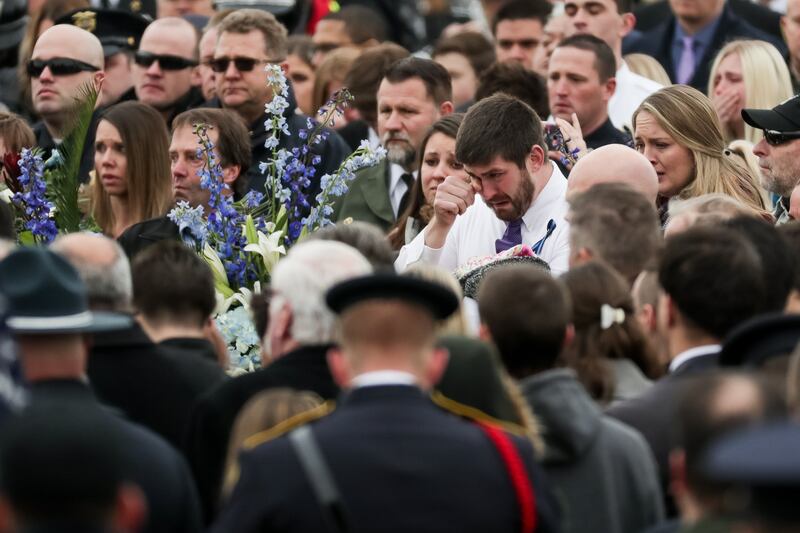The family of Sherry Black illustrates for the rest of us what it’s like to lose a loved one to tragic violence.
Black was stabbed to death in her Salt Lake home on Nov. 30, 2010. Police have yet to solve the crime. Each year on that date, the family holds a vigil, as they did last year around her headstone.
Family members spoke of their memories. Jazz owner Gail Miller, mother-in-law to the victim’s daughter, said of Black, “When I think of her I think of a sweet, gentle, loving person with no guile.” The family will never forget.
Because of Miller’s position in the community, it may be easier for some to feel empathy for such a tragic loss. But each such death in the community, whether or not the crime is solved, leaves a void that cannot be filled, and questions that cannot be answered.
Utah saw 80 homicides in 2019 — making it a year about average with the past several. But there is nothing average about any homicide.
Last year, victims ranged in age from 6 weeks to 76 years. Eight were children under 8. The underlying causes ranged from domestic violence and mental illness to drugs and gang affiliations, or perhaps just out-of-control anger.
The Deseret News, as it does each year, offered a glimpse into these this week.
They ranged from high-profile cases, such as the death of University of Utah student Mackenzie Lueck, which headlined news broadcasts nationwide, to the accidental shooting of 16-year-old Jerrad Jacobsen by his 15-year-old stepbrother, who thought the gun was unloaded.
Scrolling through the names is a powerful exercise. Each death terminated relationships with siblings, spouses or parents. The impact of such a death can’t be measured by how big a headline it generated. Each one left the community a little poorer.
A homicide that becomes murder is one crime for which there is no restitution. The accused cannot restore what was lost. It isn’t a matter of retrieving a stolen item. No expert can repair what was broken.
Look at the names. Study what happened.
Each name represents a real person with feelings of joy and pain; with aspirations and dreams. They are much more than the paper cutout figures many of us envision people behind the headlines. They are much more than the instant judgments people make about a victim’s circumstances — judgments that require less thought than deciding what to wear each day.
Almost one-fourth of last year’s homicides involved some form of domestic violence. The death of a person at the hands of a family member is particularly tragic and can create a tear in a family’s fabric that is difficult to repair. That is particularly true when the victim is a child, such as 5-year-old “Lizzy” Shelley, who was kidnapped, raped and killed by her 21-year-old uncle.
Some of the killings seemed random or provoked by seemingly harmless interactions, such as when a motel guest asked someone in the hallway to speak a little quieter on his phone. Ultimately, this resulted in the loud talker beating the other man to death.
Some of last year’s cases remain unsolved. Black’s survivors can explain the agony this imposes, and the tears it can evoke even a decade later.
Nationwide, thousands of people were the victims of homicide in 2019. Utah’s 80 homicides make up a small portion of what happens in the rest of the country. But this isn’t about numbers. It’s about people. No homicide exists in a vacuum, and no one goes to the grave without leaving a void.

